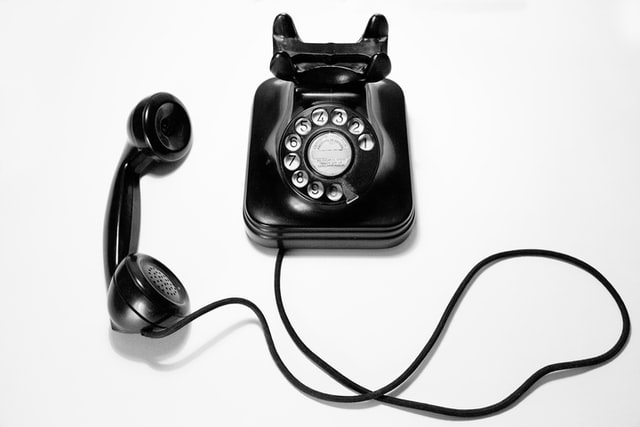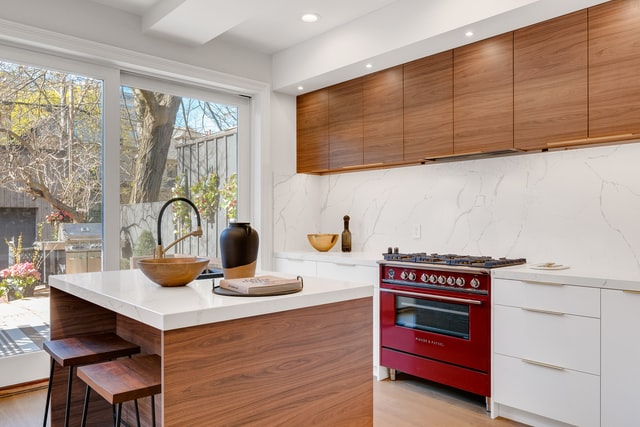With the hot summer approaching, it comes the time of year that most homeowners dread. The brutal summer months can leave homeowners with pricey air conditioning bills, especially those with older HVAC units that do not function optimally. Luckily, there are a few things you can do to prepare for the heat to keep your energy bill to a minimum.
Using your Ceiling Fan
Does your home have ceiling fans in rooms like bedrooms or living spaces? If so, you’ll want to take advantage of these throughout the summer. One recommended tip is to set your thermostat a few degrees higher in the heat and turn the ceiling fan on high.
While the fan can’t actually cool the air, the motion of air movement can make it feel like it’s cooler than it actually is (saving you money on cooling your home). This option is great to cool the room you’re currently in, without the need to pay to cool the entire home.

Using Fans when Sleeping
Many people find it difficult to sleep in hot environments, causing them to need to adjust their thermostat way down at night. To avoid this, try using the fan when sleeping to promote good air flow, as well as using light layers like a top sheet instead of a heavy comforter.
Fans set to lower speeds may not produce the cooling effect like on high, however, it can still help produce extra circulation throughout the room.
Upgrade your HVAC System
Upgrading your HVAC system to an energy-efficient unit can help you save money on air conditioning throughout the warm summer months. Not sure where to start? Let the heating and cooling experts at John A. Kinkaid Heating & Air Conditioning help. We can help you assess if a HVAC repair or replacement is the best choice to improve the air conditioning in your home.
Ready to get started? Request an appointment today by completing an online form or giving us a call. We look forward to helping you reduce your monthly energy bill and have a cool and comfortable home all summer long!








